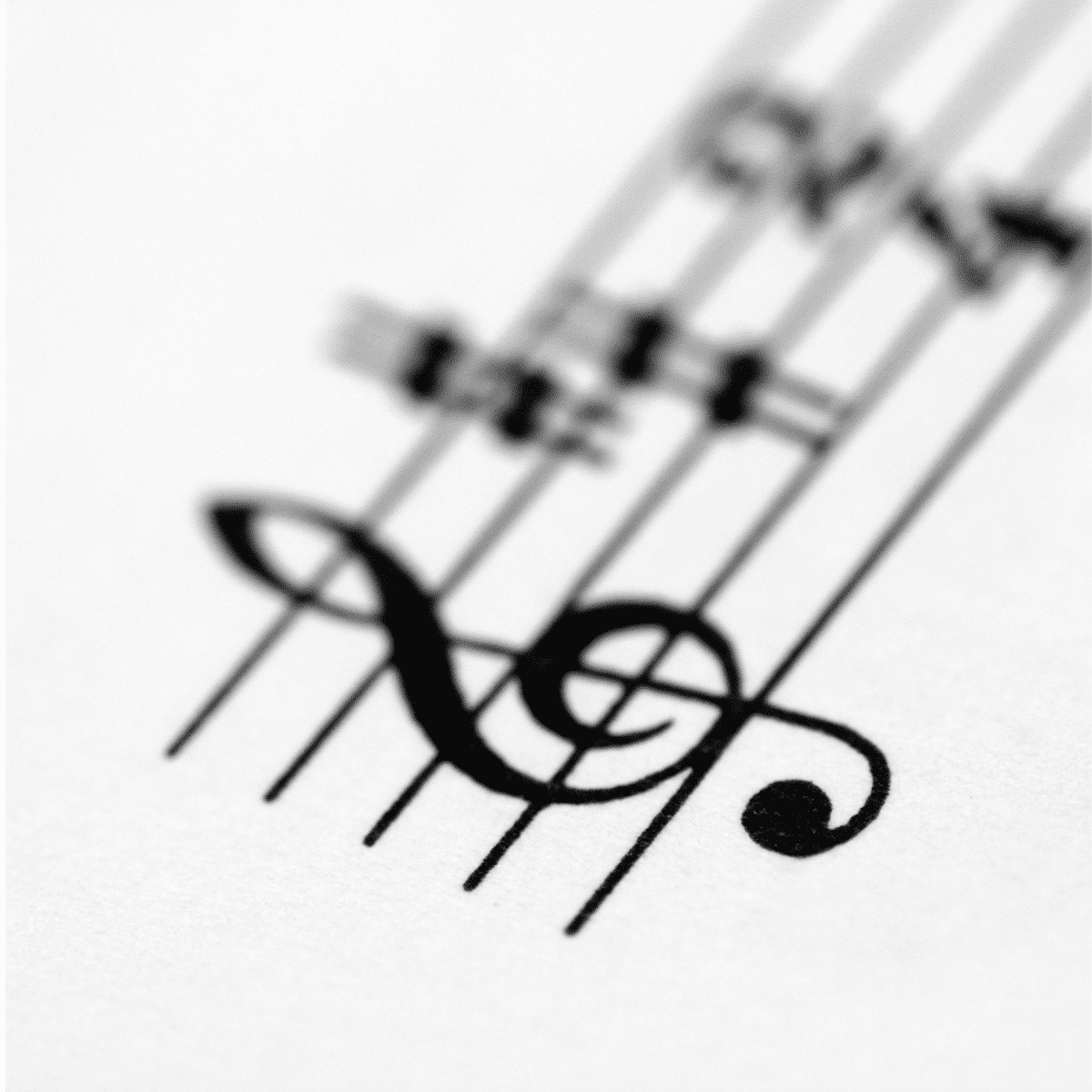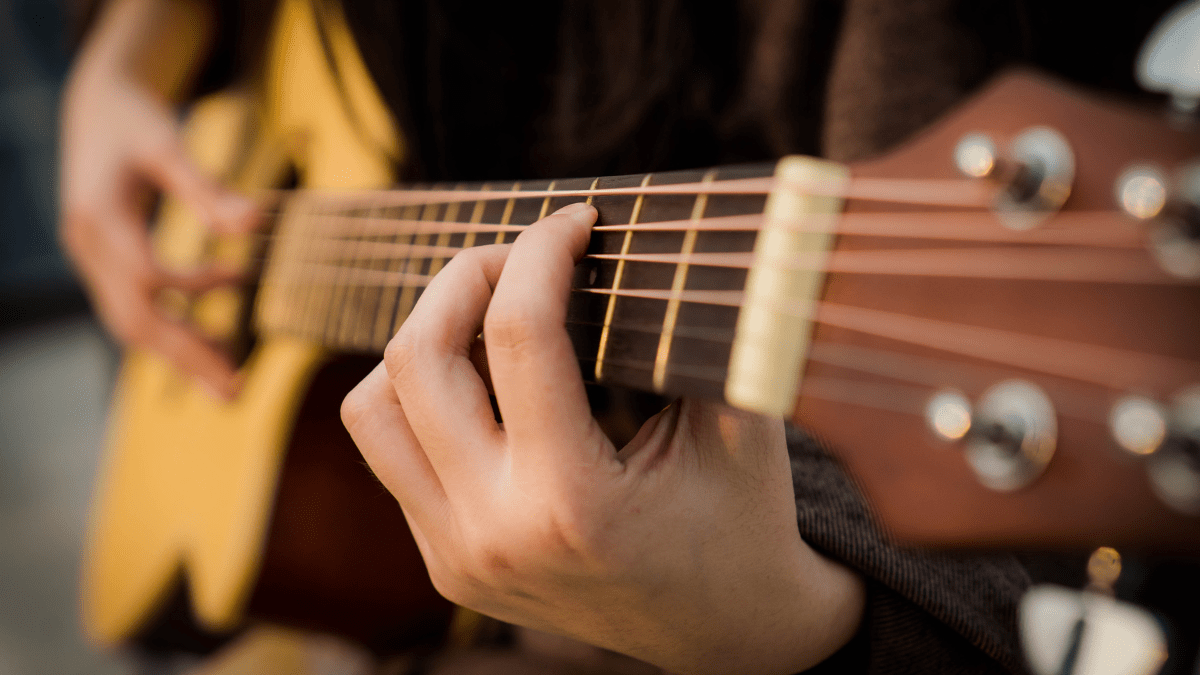If you’re looking to dive into the world of music with your guitar, understanding how to read guitar sheet music is a fundamental skill. This “Beginner’s guide to reading guitar sheet music” provides an easy, step-by-step pathway to mastering this art.
First Steps in Reading Guitar Sheet Music
The basics of reading guitar sheet music for beginners start with familiarizing yourself with the staff. The staff consists of five lines and four spaces, each representing a different musical note. The higher the note sits on the staff, the higher its pitch.
Deciphering Guitar Sheet Music for the First Time
On guitar sheet music, you’ll often see numbers written on or between the lines. These represent the frets on the guitar. The number ‘0’ represents an open string, while the rest of the numbers (1-20+) correspond to the respective frets. As a beginner, understanding these numbers is crucial.
Dive into Guitar Sheet Music, One Step at a Time
Kicking off your adventure with guitar sheet music? At this point we have to meantion a few things.
We are talking about a roadmap, which will show you how to play easier and better.
The Musical Staff and Clef
To begin with, while reading guitar sheet music, the first thing you’ll notice is the staff. This is a set of five horizontal lines and four spaces that represent different musical notes. On this staff, you’ll find a symbol at the beginning, known as a clef. The clef informs you about the pitches of the notes on the staff. Guitars typically use the treble clef, also known as the G clef because it spirals around the second line from the bottom, which is the G note.
Basic Keys
Following the clef, you’ll see key signatures, consisting of sharp (♯) or flat (♭) symbols. These are vital as they indicate which notes are to be played sharp or flat throughout the song. The key signature is usually determined by the song’s key, and it doesn’t change unless noted by a key change in the music.

Time Signatures
Now, let’s talk about time signature. This comprises two numbers, one on top of the other, much like a fraction.
The top digit? This number is simply telling you how many beats to count in a single measure. And the bottom one? This number is telling you about which note gets to be “the star” of that beat.
For example, a so called “4/4″ time signature, which is also known as common time, signifies that there are four beats in a single measure. Quite simple, easn’t it?
Additional Symbols
As you progress, you’ll encounter additional symbols like repeat signs, dynamics (which tell you how loud or soft to play), and various articulations and techniques specific to the guitar, such as slides, bends, hammer-ons, and pull-offs.
Easy-To-Follow Tips to Read Guitar Sheet Music
Here are some handy tips to enhance your sheet music reading skills:
- Practice sight-reading regularly.
- Start with simple songs and gradually move to complex ones.
- Use a metronome to maintain timing.
Mastering Guitar Sheet Music as a Beginner
To truly master reading guitar sheet music, consistency is key. Regular practice will help you become familiar with various symbols, chords, and rhythms. Over time, this will lead to smoother transitions between notes and chords, enhancing your overall performance.
Beginner Lessons on Guitar Sheet Music Reading
If you want to further enhance your guitar sheet music reading skills, consider joining beginner lessons. These provide structured learning and professional guidance, accelerating your progress in this musical journey.
Learning to read guitar sheet music is a skill that unfolds over time, with consistency and practice being the key. It might seem a little daunting at first, but remember that all proficient guitarists started at the same point as you. With patience, diligence, and a love for music, you’ll soon find yourself not only reading but also understanding and enjoying guitar sheet music.

